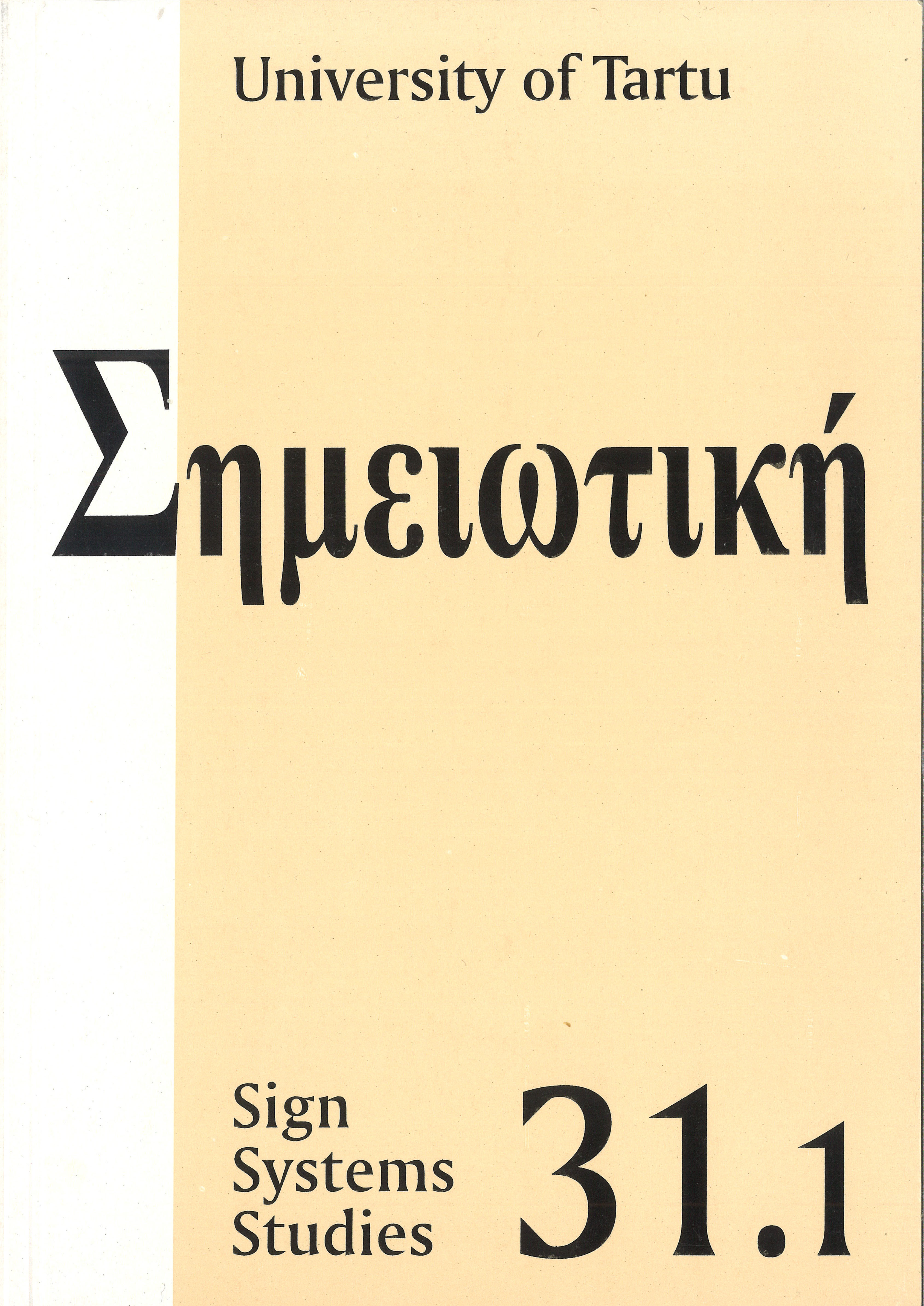The ontology of espionage in reality and fiction: A case study on iconicity
DOI:
https://doi.org/10.12697/SSS.2003.31.1.05Abstract
A basic form of iconicity in literature is the correspondence between basic conceptual schemata in literary semantics on the one hand and in factual treatments on the other. The semantics of a subject like espionage is argued to be dependent on the ontology of the field in question, with reference to the English philosopher Barry Smith’s “fallibilistic apriorism”. This article outlines such an ontology, on the basis of A. J. Greimas’s semiotics and Carl Schmitt’s philosophy of state, claiming that the semantics of espionage involves politology and narratology on an equal footing. The spy’s “positional” character is analyzed on this basis. A structural difference between police and military espionage is outlined with reference to Georges Dumézil’s theory of the three functions in Indo-European thought. A number of ontological socalled “insecurities” inherent in espionage and its literary representation are outlined. Finally, some hypotheses are stated concerning the connection between espionage and literature, and some central allegorical objects — love, theology — of the spy novel are sketched, and a conclusion on the iconicity of literature is made.


